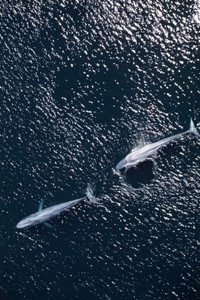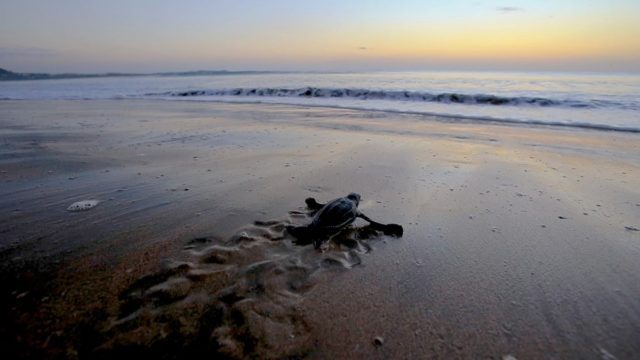Every country has its characteristic; the richness that makes it special or authentic. In this sense, Costa Rica is very fortunate to have an exceptional treasure: its biodiversity.
Within that incomparable biodiversity, is the Thermal Dome, as a wonder of the world, mainly of this Central American country.
The Thermal Dome was detected more than 70 years ago
The presence of the oceanic phenomenon, the Costa Rica Thermal Dome, was detected off the coast of the Central American country in 1948, through bathythermographs (instrument consisting of a thermometer that allows to measure and graphically represent the temperature of the sea water at different depths) , located on ships that traveled from California to Panama.
Due to the dome shape generated by the thermocline (an imaginary line that separates 2 water bodies of different temperature) when approaching the surface and the location towards Costa Rica, Cromwell (1958) baptized the oceanographic site as the “Costa Rica Thermal Dome”.
The Thermal Dome is considered one of the richest places on the planet, due to the huge marine current that generates the displacement of deep, cold, and rich in nutrients.
It should be noted that in some months of the year can be found next to the Costa Rican Pacific coast, specifically in the area of Papagayo, northwest of Costa Rica and in the middle of the year tends to separate, going into the sea.
A marine wealth
The nutrients produced in the Dome are suitable for feeding dolphins and blue whales, which migrate from the coasts of California.

The enormous amount of cold water combined with sunlight strengthens the growth of algae, which helps feed the zooplankton made up of larger larvae and animals, such as sponges, worms, echinoderms, molluscs, or crustaceans, and other aquatic arthropods.
Without a doubt, the Thermal Dome is an interesting place, which is also located within one of the largest tuna catch areas in the world.
Countless expeditions have been made in the Dome where certain experts belonging to organizations around the world, have reported species of dolphins such as bottlenose, rough teeth, spotting, and orca. In the case of sea turtles, foundations like Keto, I observe in a tour the species of prairie and leatherback.

The ecological and economic importance of the Dome for the Central American countries
According to the German botanist Kessler, the relevance of the oceanic phenomenon has gone unnoticed for decades. However, important economic activities, such as fisheries and tourism, are linked to this important oceanographic phenomenon. “The environmental and socio-economic relevance of the Dome is hardly being understood and its role in fisheries maintenance (organized efforts to capture fish or other aquatic species), marine biodiversity and climate is only now being glimpsed.”
On the other hand, there are several threats that can affect the habitats and ecosystems of the Thermal Dome, among them may be the increasing entropic pressures that affect the ecological balance and the climatic conditions in the High Seas and in the associated coastal zones in Central America.
Among other threats, there are clashes between ships and marine organisms such as turtles and cetaceans, which generate blows, wounds, amputations, lethal collisions and the risk of marine contamination by debris.
Is protecting the Dome currently a challenge?
The protection of the natural wealth of the Dome is a challenge at present because it is a shared resource in the Central American region and the international community. It is a preferential habitat for vulnerable or endangered species.
Taking into account that countries dependent on the natural phenomenon have little technical, human and financial capacity, which is why they must maintain cooperation to implement effective measures in their care.
A few years ago…
At the 12th Conference of the Parties (COP12) of the Convention on Biological Diversity (CBD), held in 2014, specifically in the South Korean city of Pyeongchang, the Dome was declared a marine zone of ecological or biological importance (ZIEB), at the proposal of Costa Rica.
Through this measure, authorities and specialists planned to promote maritime conservation, also highlighting the migration and feeding of species such as blue whales (Balaenoptera musculus), leatherback turtles (Dermochelys coriacea) and common dolphins (Delphinus delphis).
At that time, the Ministry of Environment and Energy of Costa Rica (MINAE) prepared a zoning decree that would regulate the extraction of tuna (oceanic fish), within the area. The Thermal Dome is history, marine wealth, colors, life… It is one of the 6 productive domes of the world, part of the great natural fascinations of Costa Rica which, year after year, requires greater protection and research actions.

